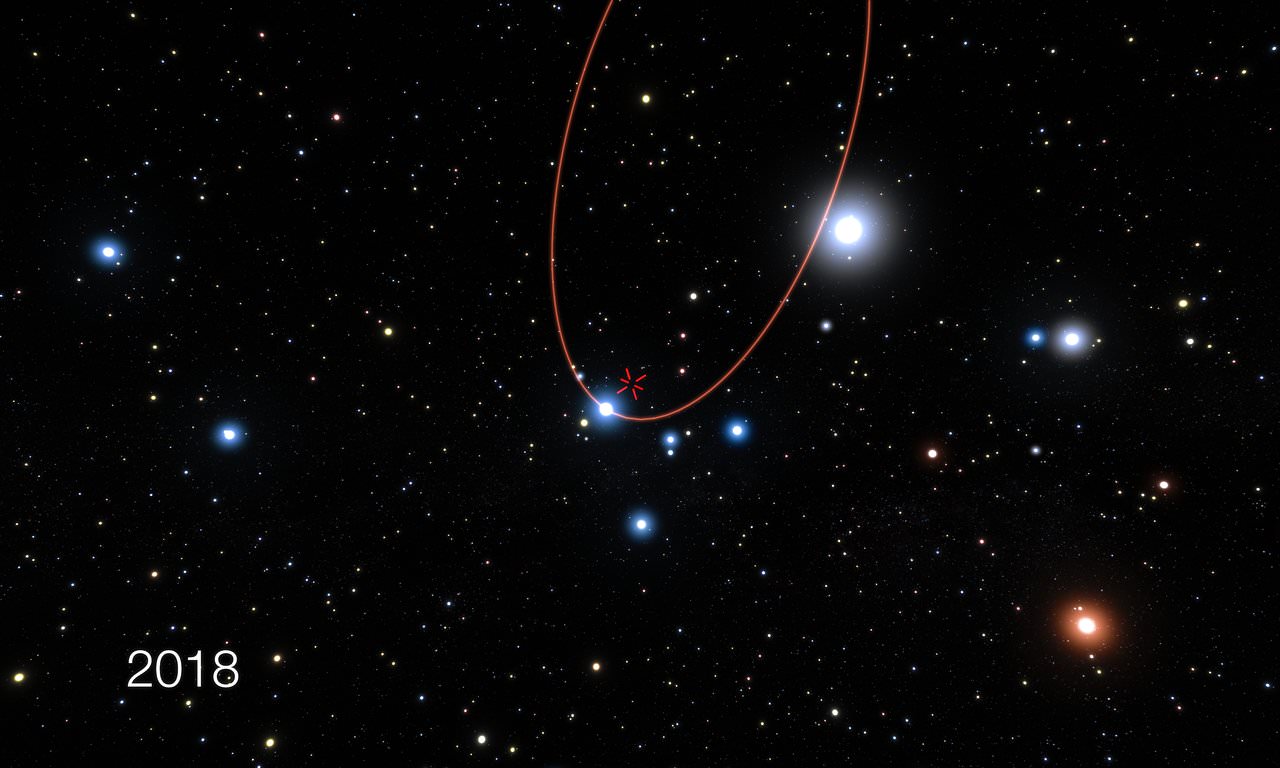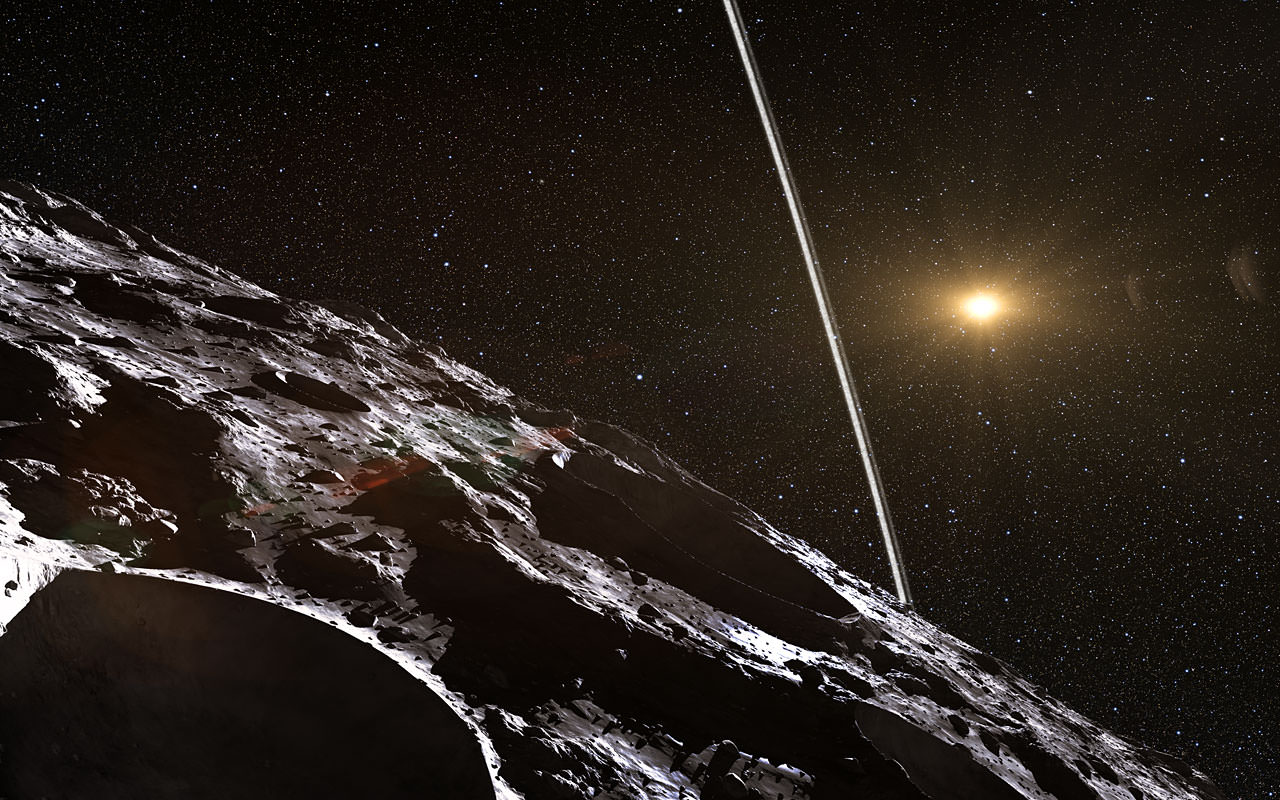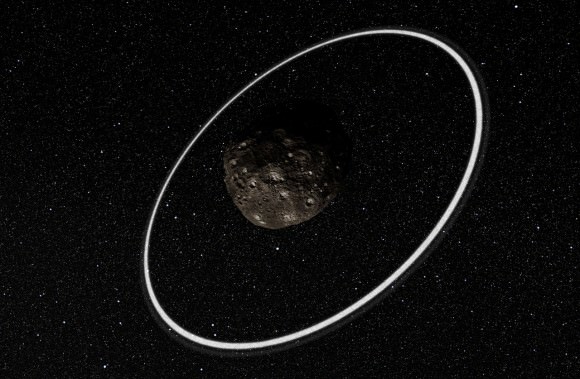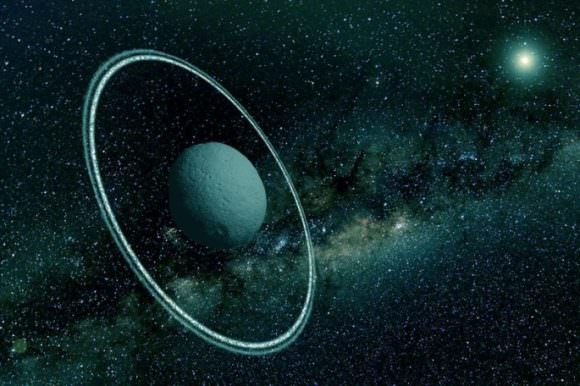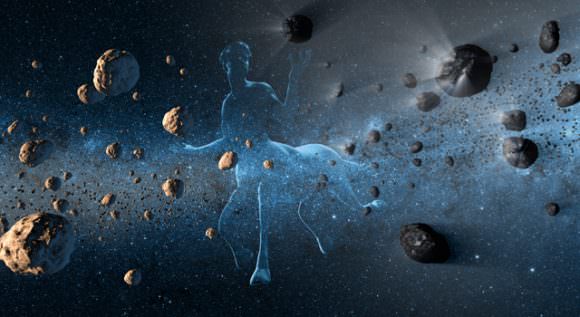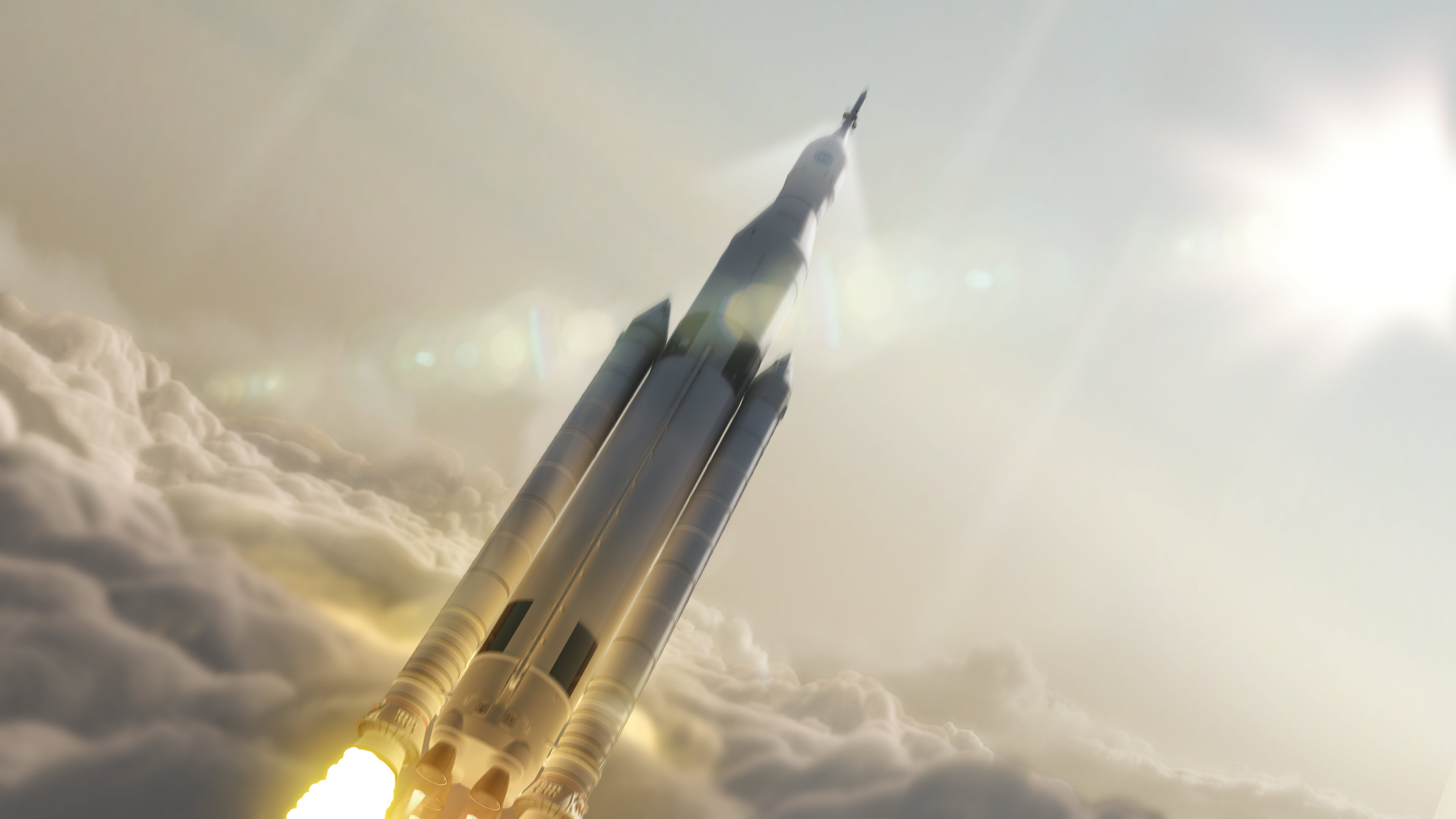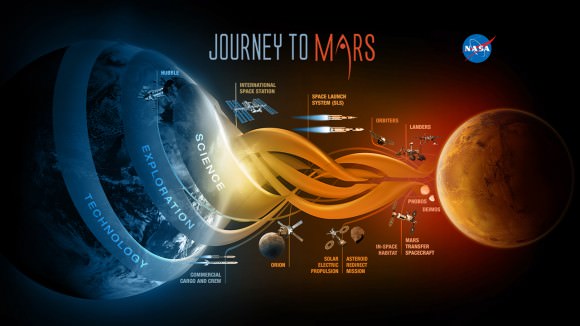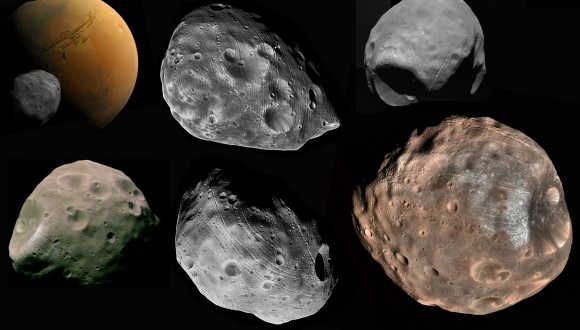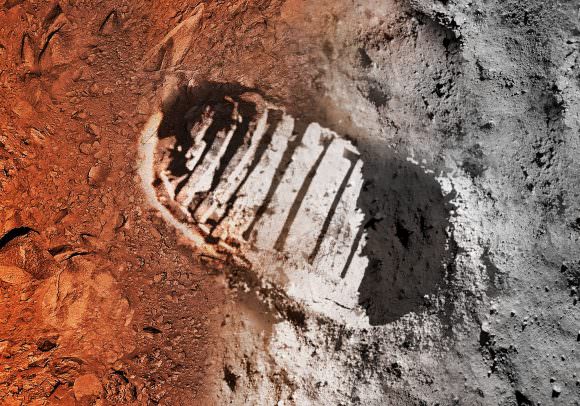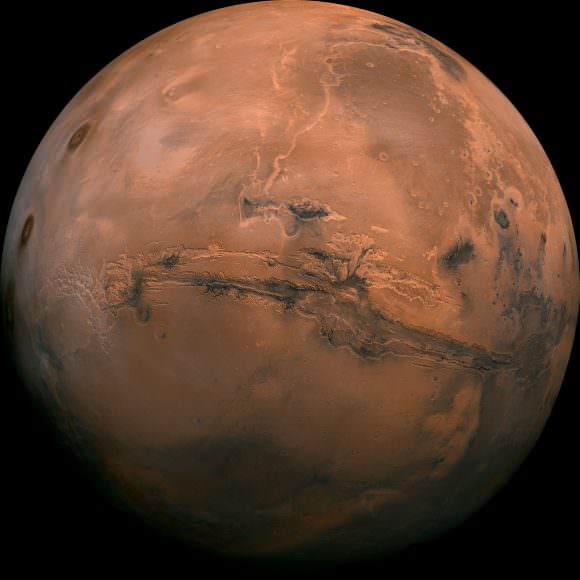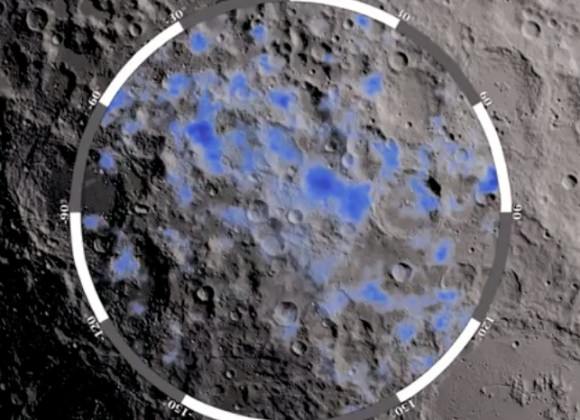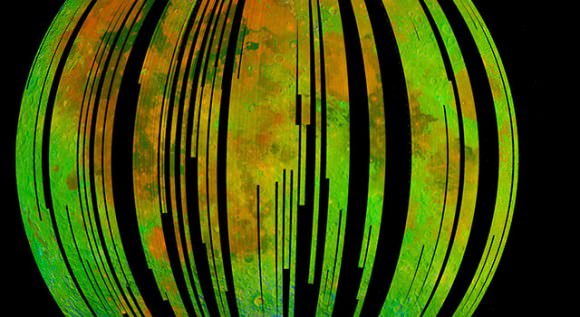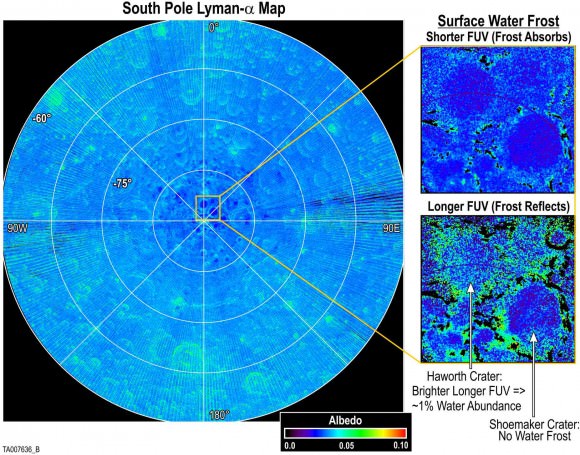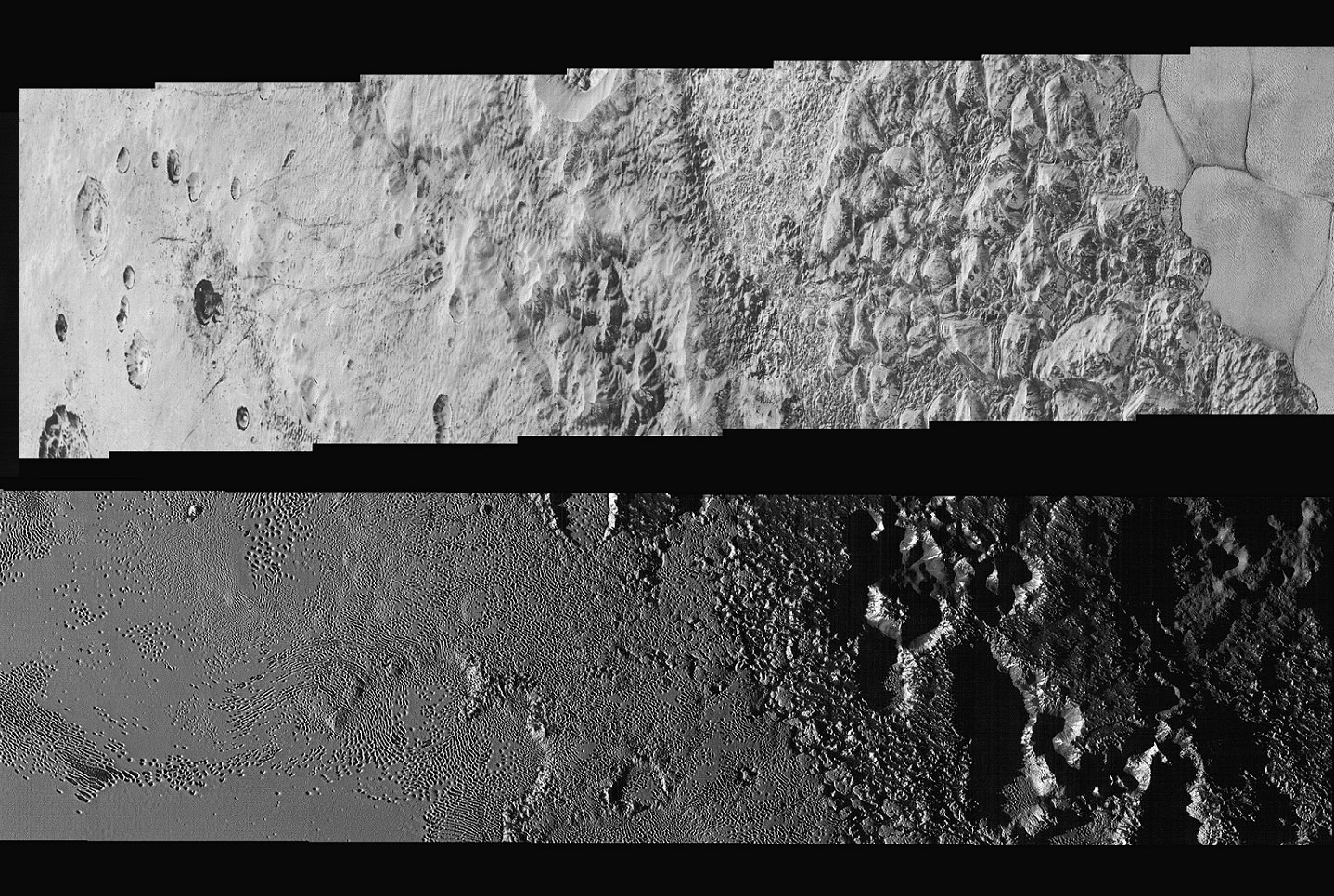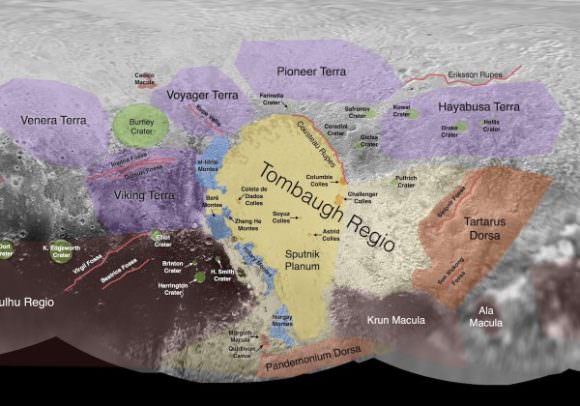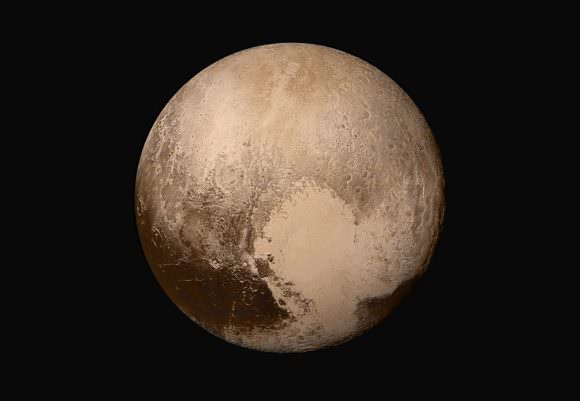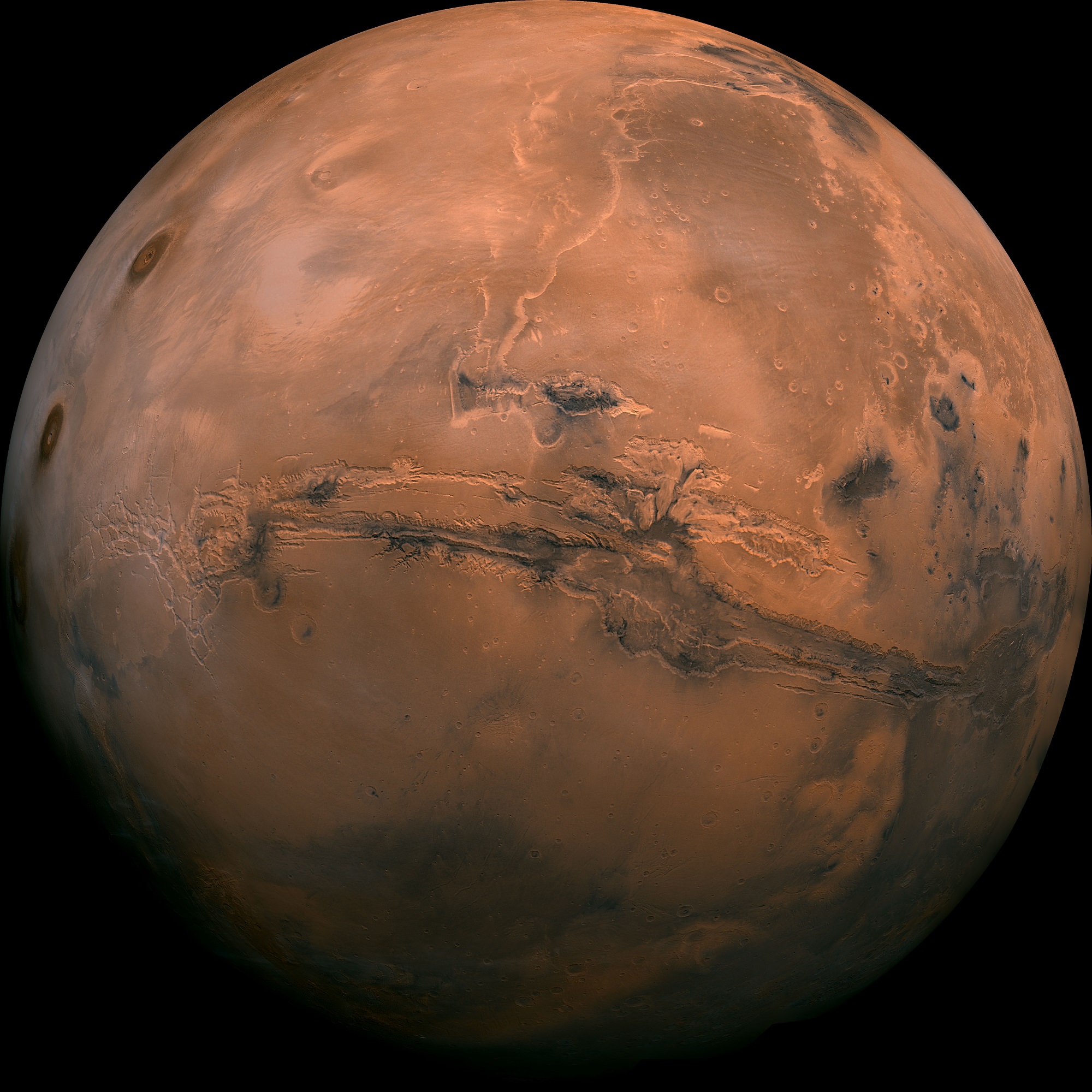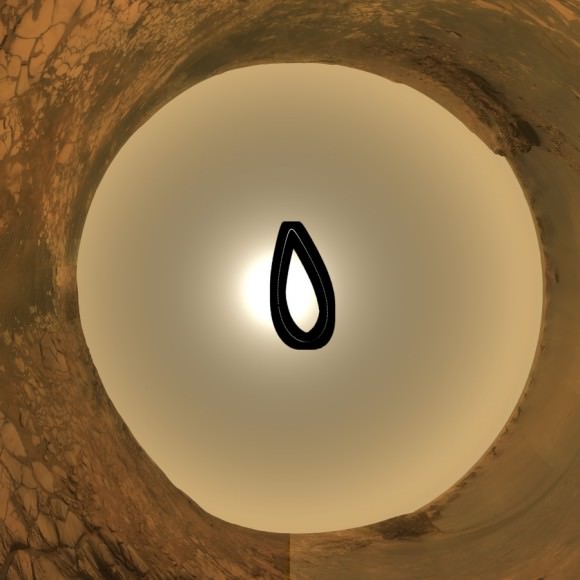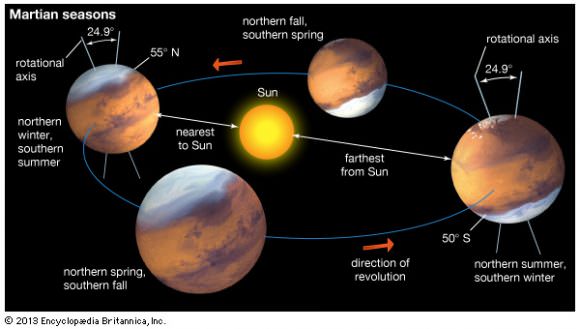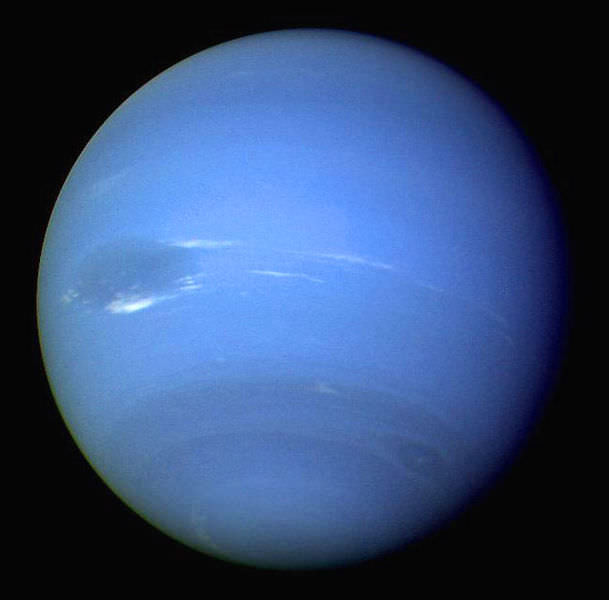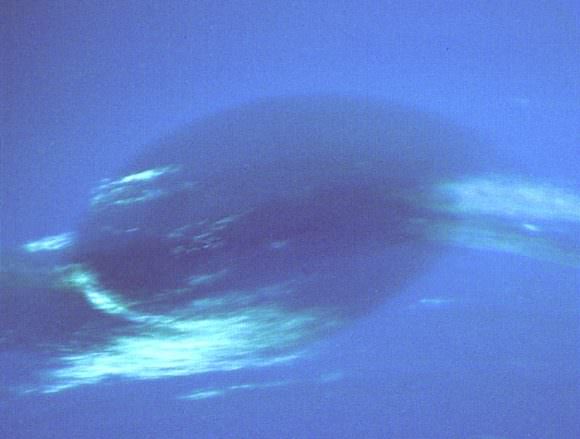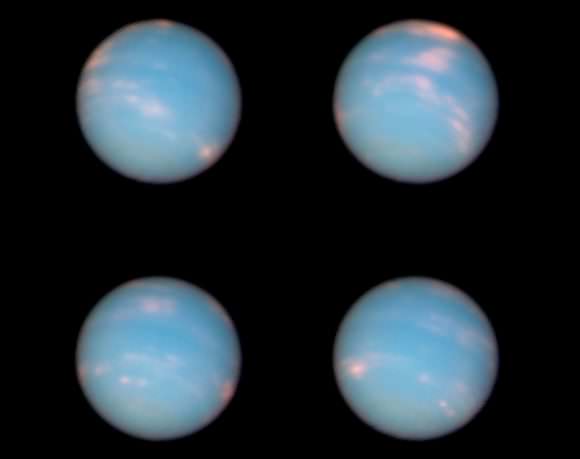Since it was first discovered in 1974, astronomers have been dying to get a better look at the Supermassive Black Hole (SBH) at the center of our galaxy. Known as Sagittarius A*, scientists have only been able to gauge the position and mass of this SBH by measuring the effect it has on the stars that orbit it. But so far, more detailed observations have eluded them, thanks in part to all the gas and dust that obscures it.
Luckily, the European Southern Observatory (ESO) recently began work with the GRAVITY interferometer, the latest component in their Very Large Telescope (VLT). Using this instrument, which combines near-infrared imaging, adaptive-optics, and vastly improved resolution and accuracy, they have managed to capture images of the stars orbiting Sagittarius A*. And what they have observed was quite fascinating.
One of the primary purposes of GRAVITY is to study the gravitational field around Sagittarius A* in order to make precise measurements of the stars that orbit it. In so doing, the GRAVITY team – which consists of astronomers from the ESO, the Max Planck Institute, and multiple European research institutes – will be able to test Einstein’s theory of General Relativity like never before.
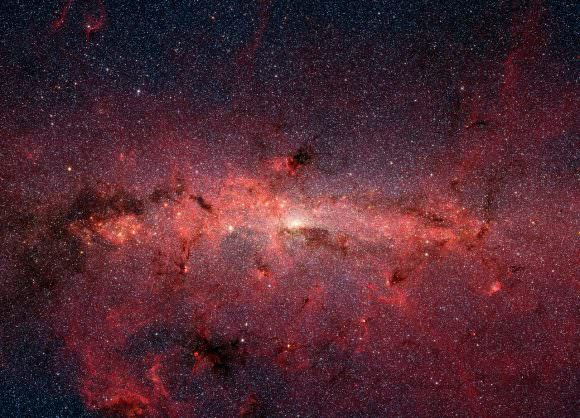
In what was the first observation conducted using the new instrument, the GRAVITY team used its powerful interferometric imaging capabilities to study S2, a faint star which orbits Sagittarius A* with a period of only 16 years. This test demonstrated the effectiveness of the GRAVITY instrument – which is 15 times more sensitive than the individual 8.2-metre Unit Telescopes the VLT currently relies on.
This was an historic accomplishment, as a clear view of the center of our galaxy is something that has eluded astronomers in the past. As GRAVITY’s lead scientist, Frank Eisenhauer – from the Max Planck Institute for Extraterrestrial Physics in Garching, Germany – explained to Universe Today via email:
“First, the Galactic Center is hidden behind a huge amount of interstellar dust, and it is practically invisible at optical wavelengths. The stars are only observable in the infrared, so we first had to develop the necessary technology and instruments for that. Second, there are so many stars concentrated in the Galactic Center that a normal telescope is not sharp enough to resolve them. It was only in the late 1990′ and in the beginning of this century when we learned to sharpen the images with the help of speckle interferometry and adaptive optics to see the stars and observe their dance around the central black hole.”
But more than that, the observation of S2 was very well timed. In 2018, the star will be at the closest point in its orbit to the Sagittarius A* – just 17 light-hours from it. As you can see from the video below, it is at this point that S2 will be moving much faster than at any other point in its orbit (the orbit of S2 is highlighted in red and the position of the central black hole is marked with a red cross).
When it makes its closest approach, S2 will accelerate to speeds of almost 30 million km per hour, which is 2.5% the speed of light. Another opportunity to view this star reach such high speeds will not come again for another 16 years – in 2034. And having shown just how sensitive the instrument is already, the GRAVITY team expects to be able make very precise measurements of the star’s position.
In fact, they anticipate that the level of accuracy will be comparable to that of measuring the positions of objects on the surface of the Moon, right down to the centimeter-scale. As such, they will be able to determine whether the motion of the star as it orbits the black hole are consistent with Einstein’s theories of general relativity.
“[I]t is not the speed itself to cause the general relativistic effects,” explained Eisenhauer, “but the strong gravitation around the black hole. But the very high orbital speed is a direct consequence and measure of the gravitation, so we refer to it in the press release because the comparison with the speed of light and the ISS illustrates so nicely the extreme conditions.
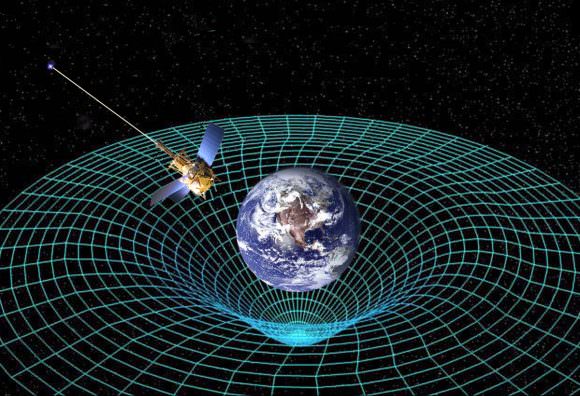
As recent simulations of the expansion of galaxies in the Universe have shown, Einstein’s theories are still holding up after many decades. However, these tests will offer hard evidence, obtained through direct observation. A star traveling at a portion of the speed of light around a supermassive black hole at the center of our galaxy will certainly prove to be a fitting test.
And Eisenhauer and his colleagues expect to see some very interesting things. “We hope to see a “kick” in the orbit.” he said. “The general relativistic effects increase very strongly when you approach the black hole, and when the star swings by, these effects will slightly change the direction of the
orbit.”
While those of us here at Earth will not be able to “star gaze” on this occasion and see R2 whipping past Sagittarius A*, we will still be privy to all the results. And then, we just might see if Einstein really was correct when he proposed what is still the predominant theory of gravitation in physics, over a century later.
Further Reading: eso.org

